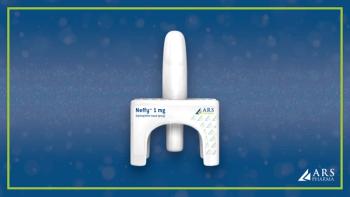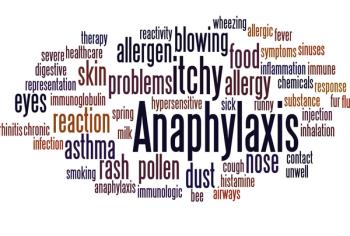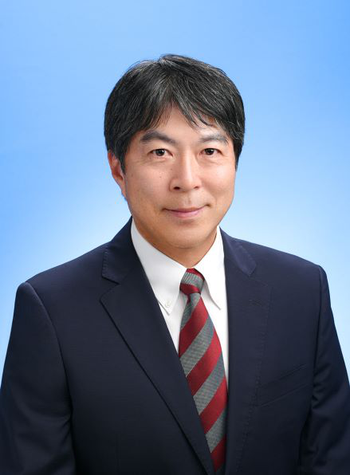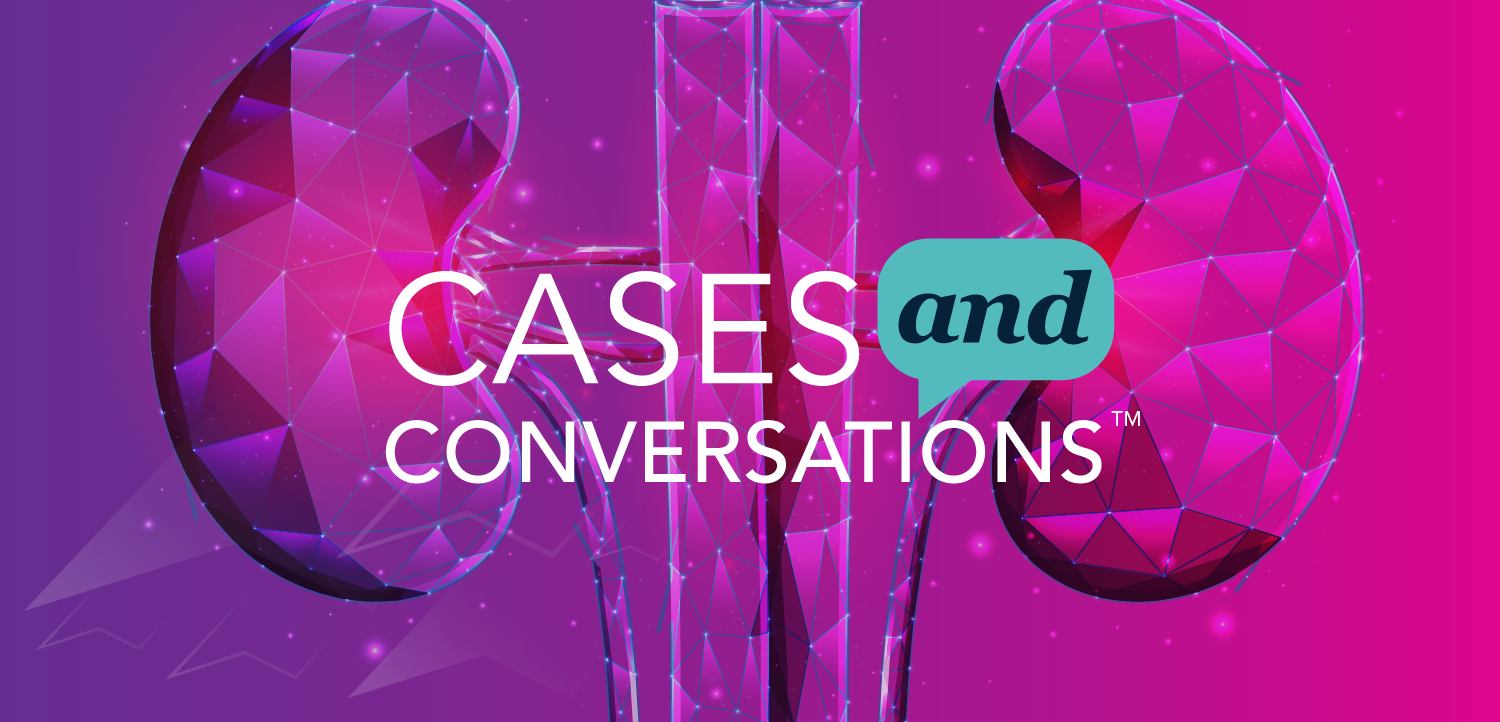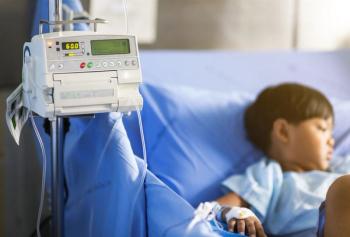
5-Question Seasonal Allergy Quiz
What is Dymista? Can autumn asthma be tamed? Do “wraparound” glasses work? More questions and all the answers, here.
Question 1:
Answer on next page »
Answer: F. Both A and E
MP-AzeFlu (Dymista®, Meda, Solna, Sweden) was approved for the treatment of allergic rhinitis in children ages 6-11 in February 2015. MP-AzeFlu consists of an intranasal antihistamine (azelastine hydrochloride [AZE]) and an intranasal corticosteroid (fluticasone propionate [FP]). It has a new formulation that allows for single spray delivery. A recent phase 3 randomized controlled clinical trial of 348 children aged 4-11 years found that MP-AzeFlu was safe and significantly improved ocular and nasal symptoms of SAR, compared to placebo.1 Mometasone (Nasonex) was FDA approved in 1999 for chronic and seasonal allergic rhinitis in children as young as 3 years; olopatadine (Pataday) is an ocular antihistamine, approved in 2004; Intal (cromolyn sodium inhaler) was discontinued in 2009.
Next question »
Question 2:
Answer on next page »
Answer: B. False
The PROSE randomized, double-blind, placebo-controlled study in inner city asthmatic children aged 6 to 17 years2 found that adding four months of omalizumab treatment to guideline-based therapy four to six weeks before the start of the school year in the fall significantly decreased asthma exacerbations by 52% compared to placebo. There were no significant differences between seasonal therapy with omalizumab and an intranasal corticosteroid boost. The seasonal strategy was just as effective as continuous year-round treatment with omalizumab. Fall represents the peak period for asthma exacerbations, likely related to greater exposure to respiratory pathogens when school starts and the fall seasonal allergy season. Using a seasonal course rather than year-round treatment with omalizumab may decrease costs and side effects.2
Next question »
Question 3:
Answer on next page »
Answer: C. Avoiding use of air conditioners
The American Academy of Pediatrics (AAP) advises that children allergic to outside allergens may benefit from showering or washing at the end of the day, to remove allergens from skin and hair. They may also benefit from avoiding piles of dead leaves in fall, which can harbor molds. The AAP and the American Academy of Allergy, Asthma and Immunology (AAAAI) advise the use of air conditioners when possible during summer and humid weather.3,4 Because air conditioners can harbor mold, however, keeping the filter clean and using a HEPA filter is important. Wraparound eye glasses cover a large area around the eyes and are designed to decrease airflow and allergen exposure. A recent study randomized 70 adults with seasonal allergic rhinoconjunctivitis to wraparound eyeglasses plus medical therapy (n=39), or medical therapy alone (n=31). Over the course of three pollen seasons, those randomized to the glasses plus medical therapy showed significant improvement in eye itching/watering, sneezing, and rhinorrhea, as well as less need for rescue medication compared to medical therapy alone.5
Next question »
Question 4:
Answer on next page »
Answer: B. False
The early phase of allergic conjunctivitis occurs within a few minutes of exposure to allergens to which an individual has been pre-sensitized. That activates Th2-lymphocytes to secrete cytokines, leading to cytokine recruitment, as well as mast cell degranulation causing the release of histamine, neutral proteases, and lipid mediators like prostaglandins. The late phase develops 2 to 4 hours after allergen exposure and is mediated by prostaglandins and leukotrienes. Mast cell degranulation is also involved, and leads to cytokine release, which in turn enlists the aid of eosinophils, lymphocytes, monocytes, and neutrophils.6
Next question »
Question 5:
Answer on next page »
Answer: D. All of the above
Atopic dermatitis and allergic rhinitis share many pathophysiologic mechanisms, and often appear together. Children with allergic rhinitis may also suffer from adenoid hypertrophy, which can cause sleep-disordered breathing. Adults with nasal blockage related to allergic rhinitis may also have sleep-disordered breathing, though nasal blockage itself does not cause sleep apnea. Studies have shown an association between allergic rhinitis and otitis media with effusion, though the underlying mechanism remains unclear.7
References:
1. Berger W, Meltzer EO, Amar N, et al. Efficacy of MP-AzeFlu in children with seasonal allergic rhinitis: Importance of paediatric symptom assessment.
2. Teach SJ, Gill MA, Togias A, et al. Preseasonal treatment with eigher omalizumab or inhaled corticosteroid boost to prevent fall asthma exacerbation.
3. American Academy of Pediatrics. Allergy Tips. Accessed April 12, 2016 and available at
4. Eggleston PA, Bush RK. Environmental allergen avoidance: an overview.
5. Comert S, Karakaya G, Kalyoncu AF. Wraparound eyeglasses improve symptoms and quality of life in patients with seasonal allergic rhinoconjunctivitis.
6. Chigbu DI, Coyne AM. Update and clinical utility of alcaftadine ophthalmic solution 0.25% in the treatment of allergic conjunctivitis.
7. Seidman MD, Gurgel RK, Lin SY, et al for Guideline Otolaryngology Development Group. AAO-HNSF. Clinical practice guideline: Allergic rhinitis.
Newsletter
Enhance your clinical practice with the Patient Care newsletter, offering the latest evidence-based guidelines, diagnostic insights, and treatment strategies for primary care physicians.

